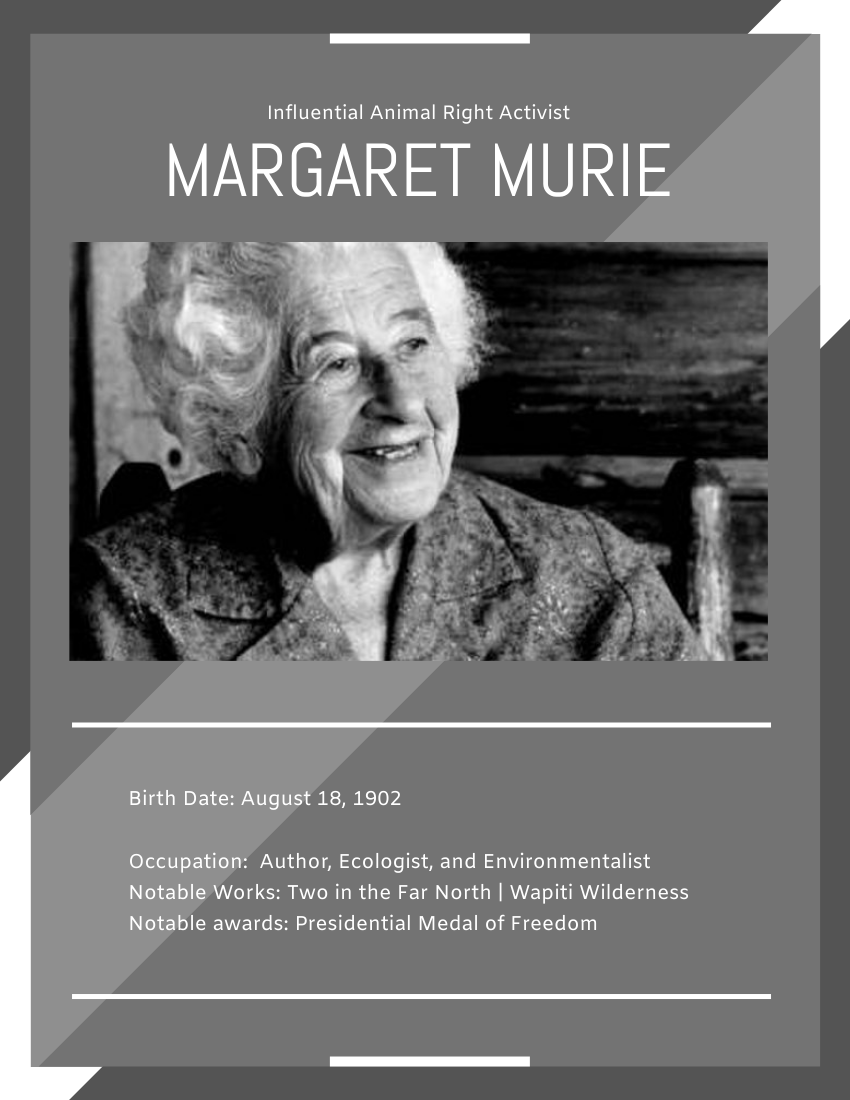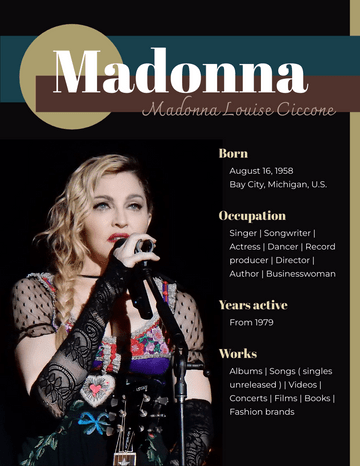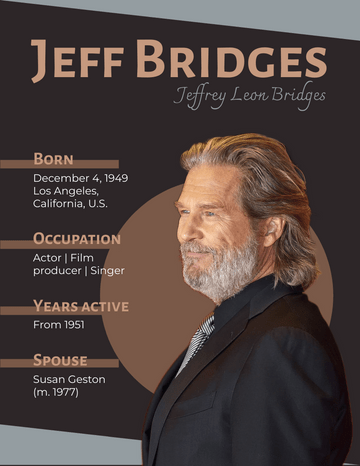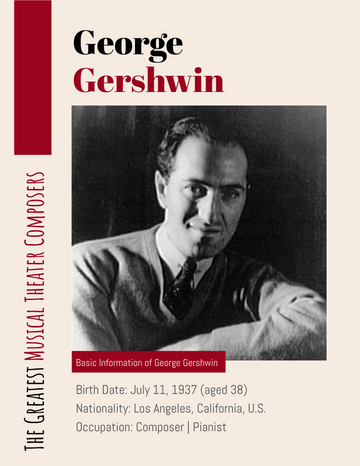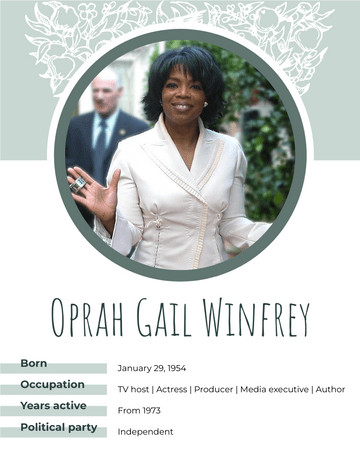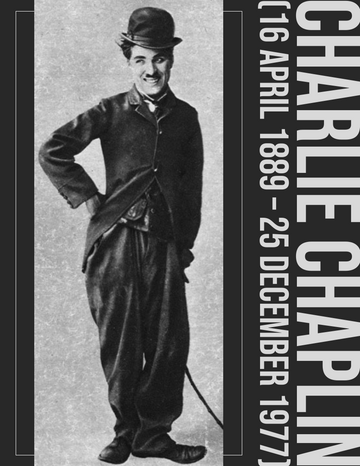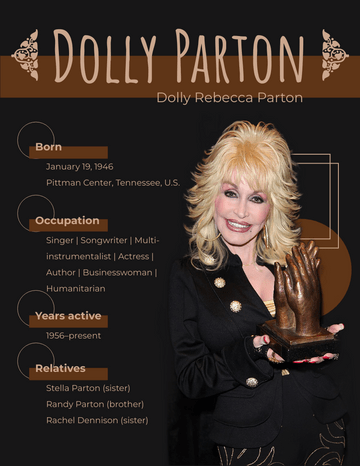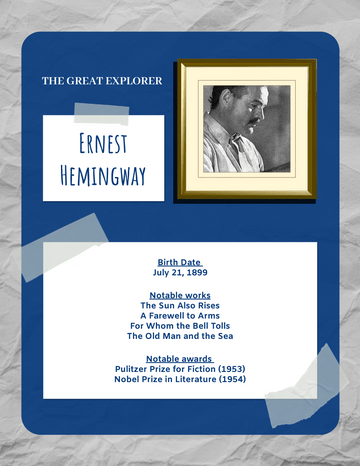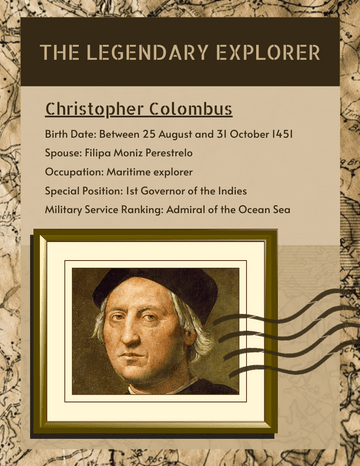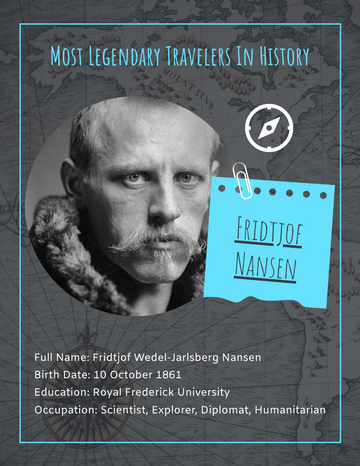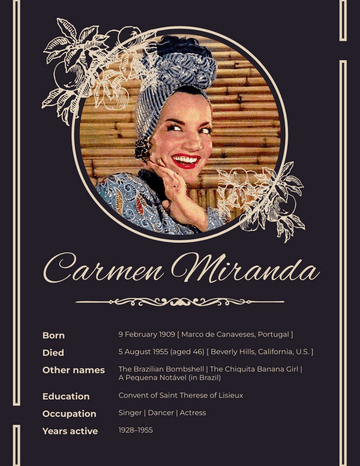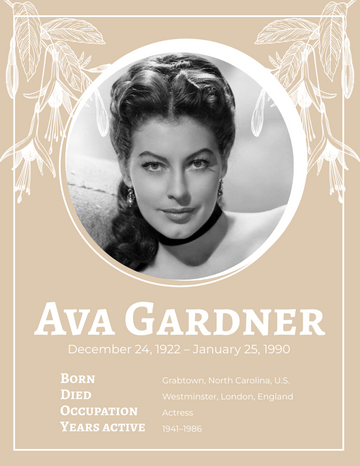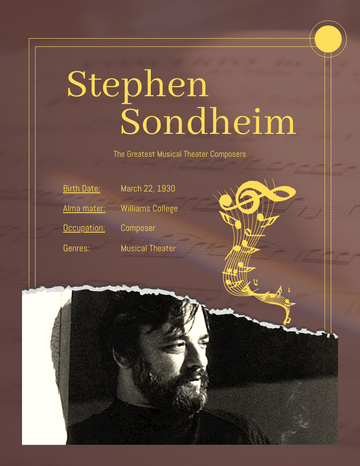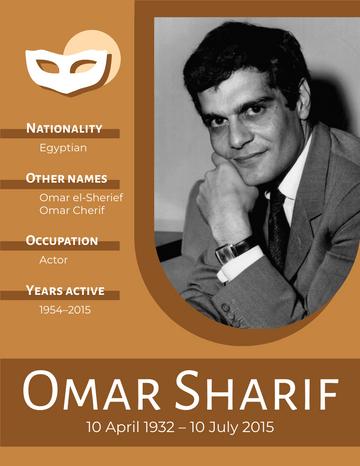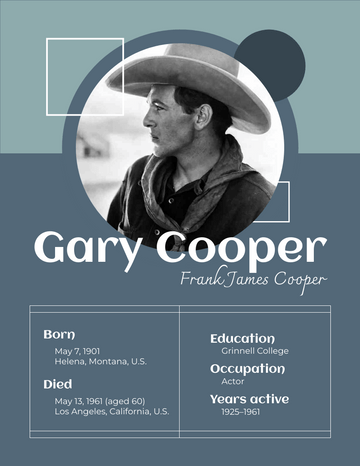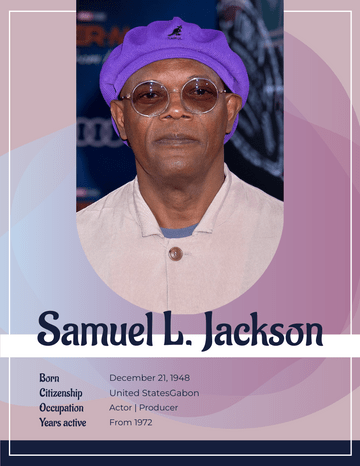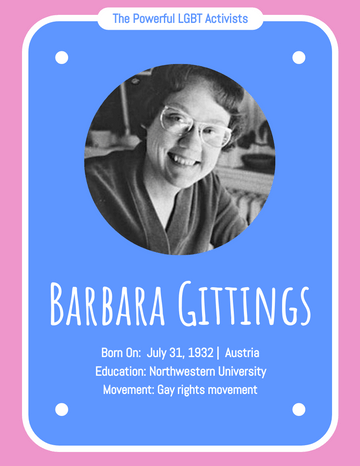Influential Animal Right Activist
Margaret Murie
Birth Date: August 18, 1902
Occupation: Author, Ecologist, and Environmentalist
Notable Works: Two in the Far North | Wapiti Wilderness
Notable awards: Presidential Medal of Freedom
Click here to read this biography book.
Who is Margaret
Thomas "Mardy" Murie (August 18, 1902 – October 19, 2003) was a naturalist, writer, adventurer, and conservationist. Dubbed the "Grandmother of the Conservation Movement" by both the Sierra Club and the Wilderness Society, she helped in the passage of the Wilderness Act, and was instrumental in creating the Arctic National Wildlife Refuge. She was the recipient of the Audubon Medal, the John Muir Award, and the Presidential Medal of Freedom—the highest civilian honor awarded by the United States.
From 1927 onward, the Muries were residents of Jackson, Wyoming, where Olaus studied ecology, specifically the elk population. Mardy worked side-by-side with Olaus in the field, studying elk, sheep and numerous other animals in the Greater Yellowstone Ecosystem. The couple would camp for weeks at a time in the wild, open valley of Jackson Hole. Olaus' primary goal was to identify pressures on the elk population, causing the startling decrease in the area. Over the course of nearly 40 years, The couple had numerous backcountry expeditions tracking the wildlife in the area. The couple even took expeditions when their three children were still nursing.
Early Life of Margaret Murie
Born Margaret Thomas on August 18, 1902 in Seattle, Washington, Murie moved to Fairbanks, Alaska, with her family when she was nine years old. She attended Reed College in Oregon for two years before transferring to Simmons College in Massachusetts for a year, then transferred to and became the first woman to graduate from the Alaska Agricultural College and School of Mines (now the University of Alaska Fairbanks); she graduated in 1924 with a degree in business administration. She met Olaus Murie in Fairbanks, and they married in 1924 at sunrise in Anvik, Alaska.
